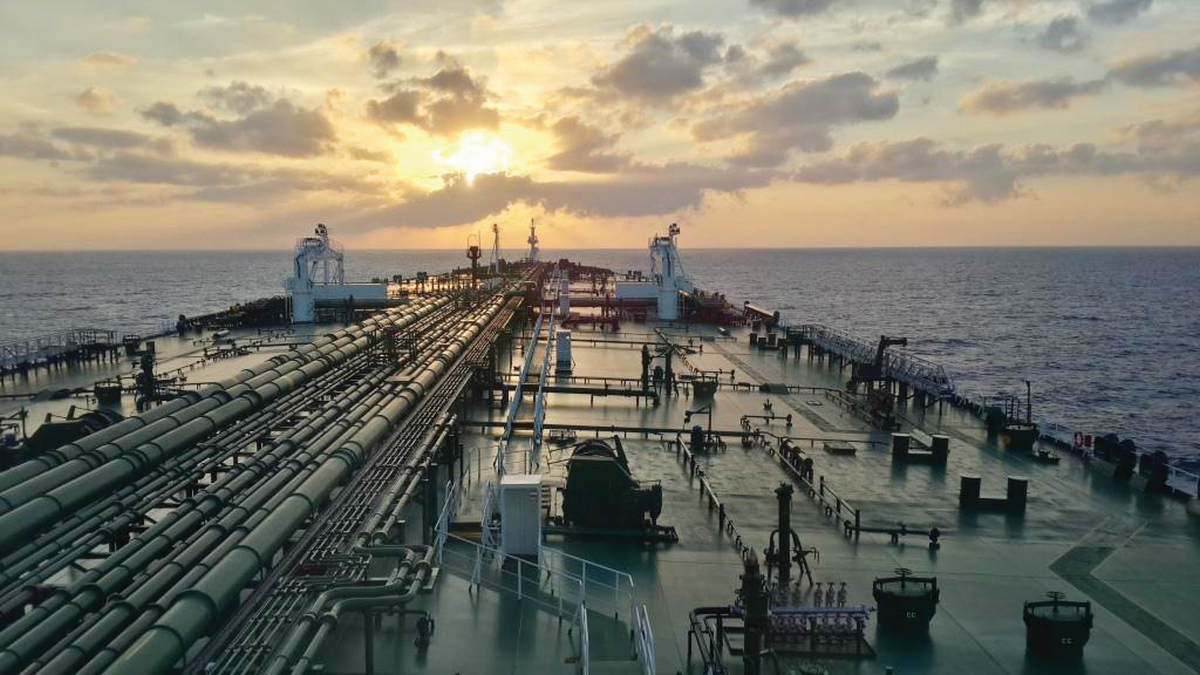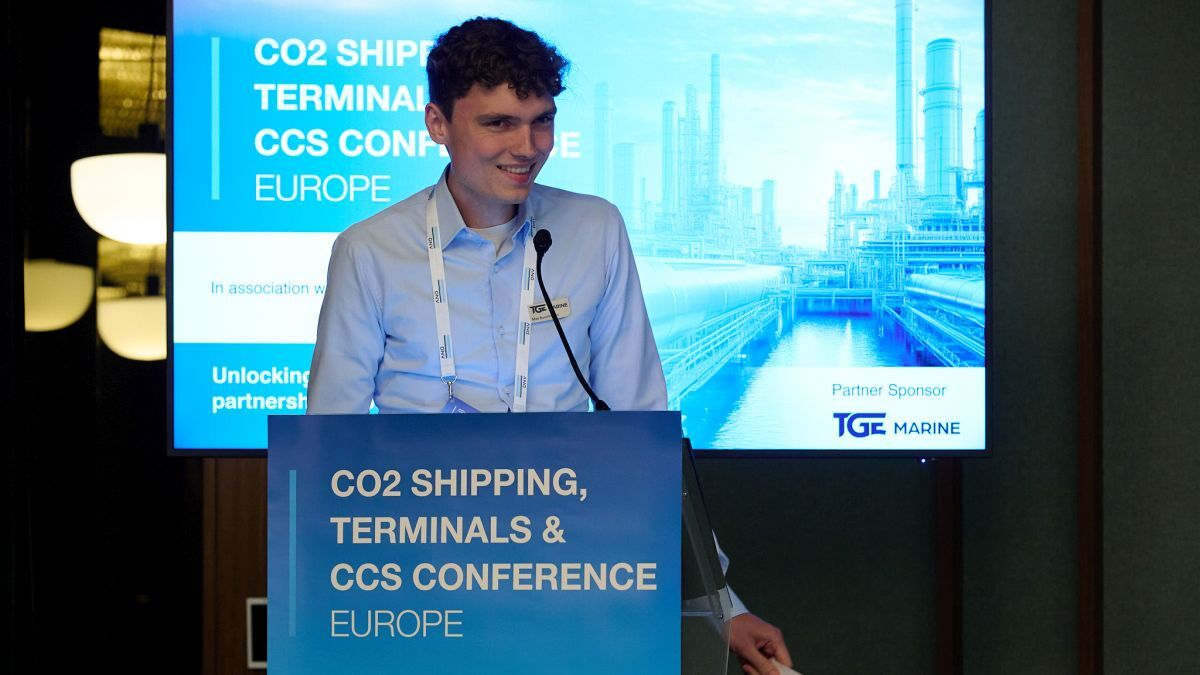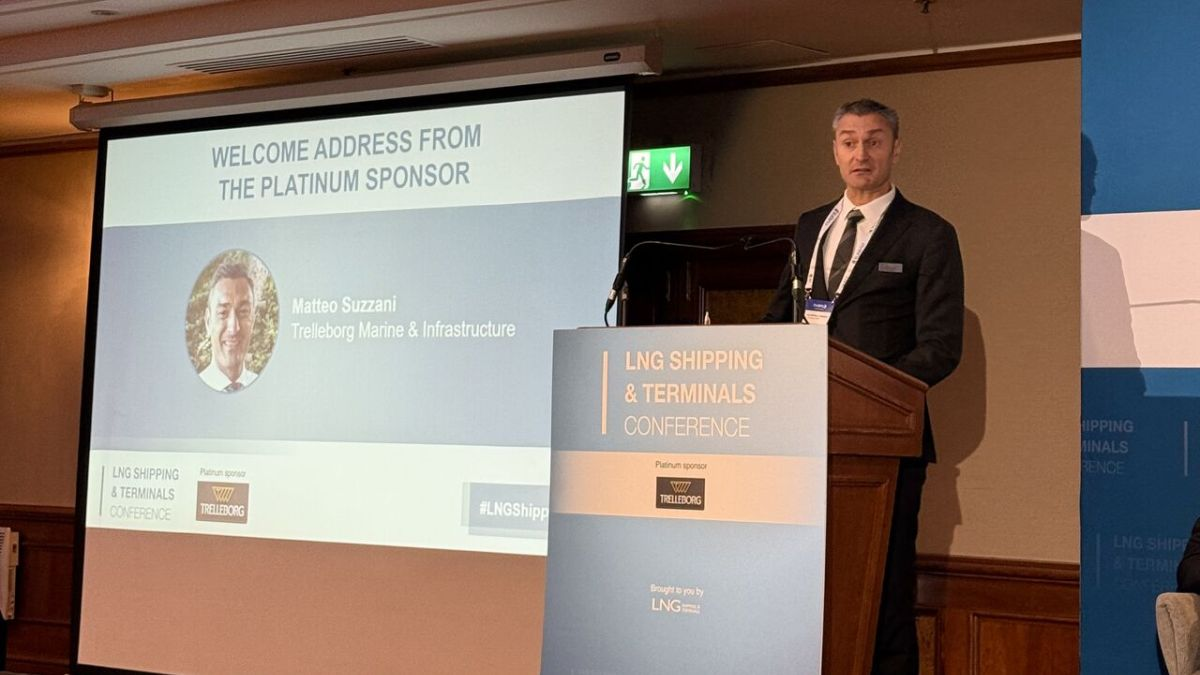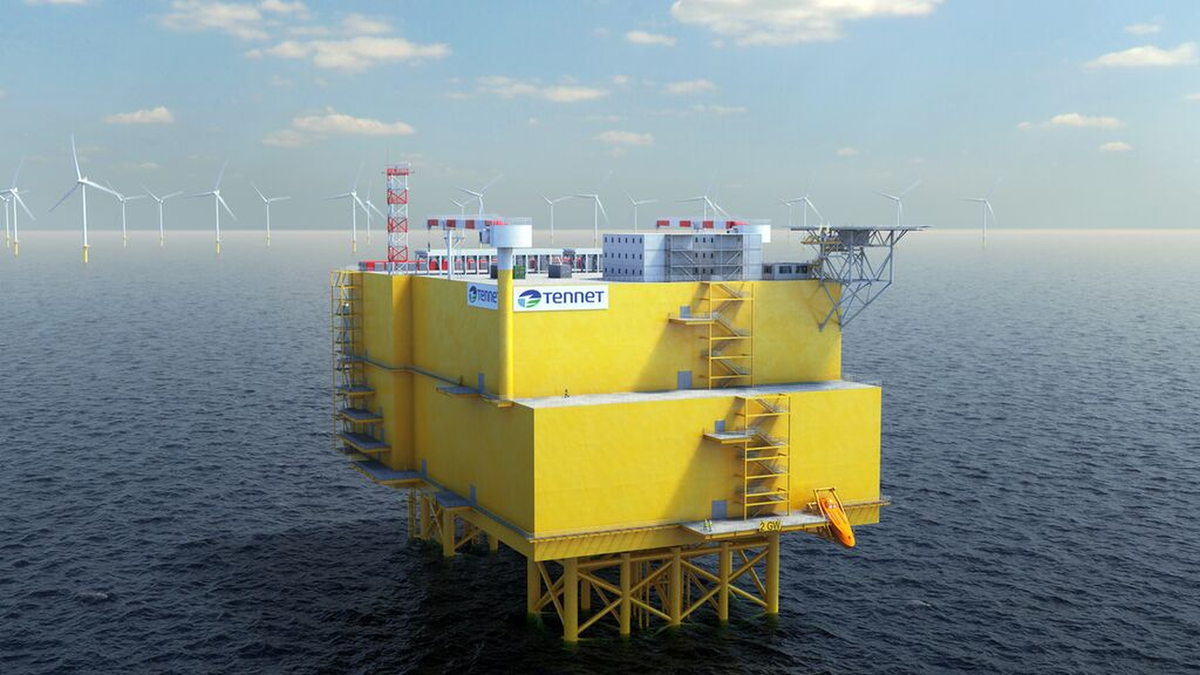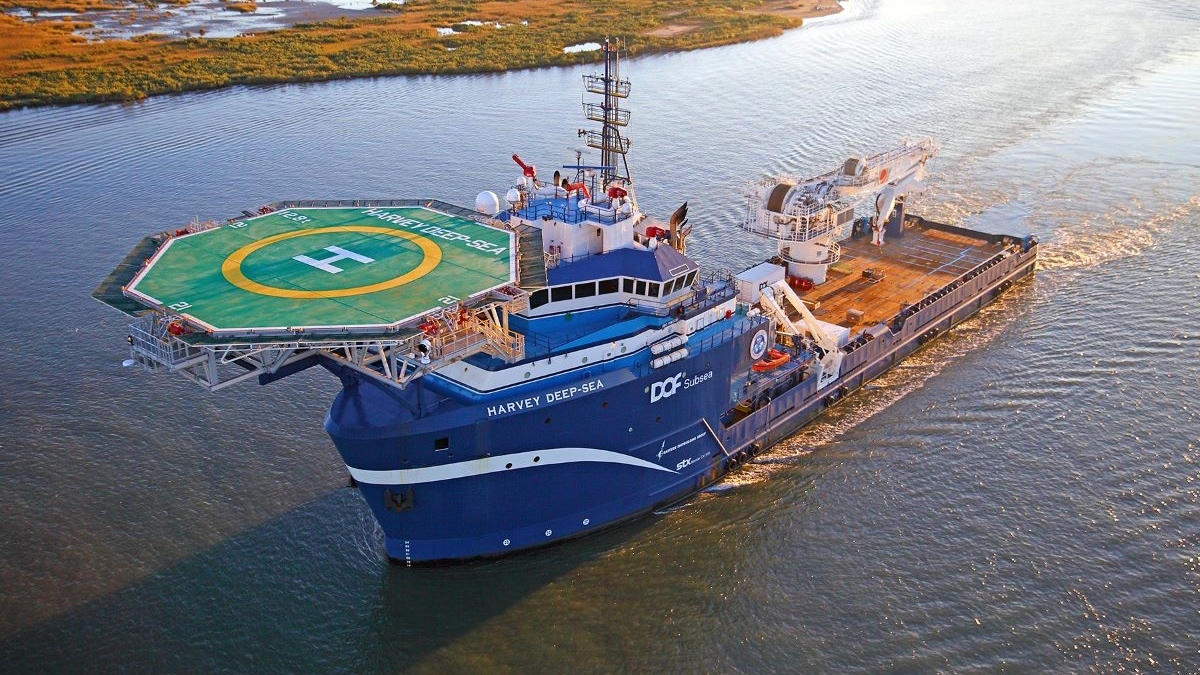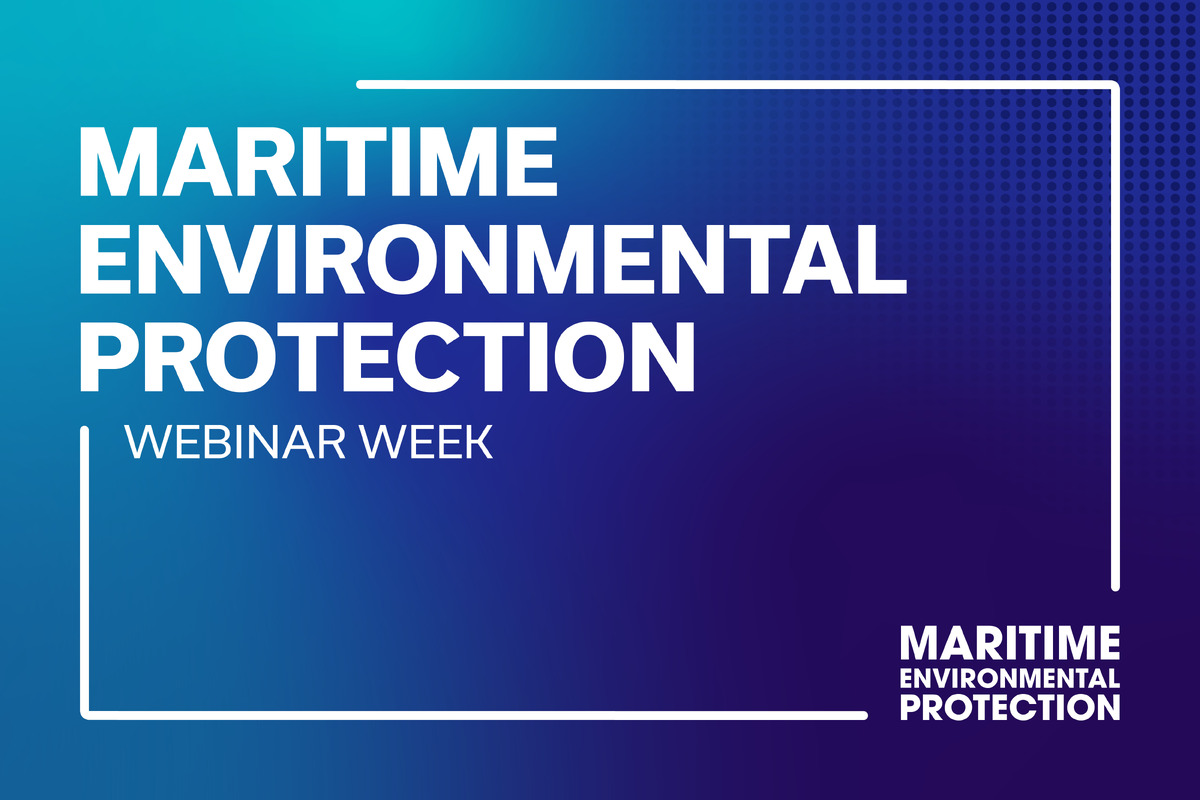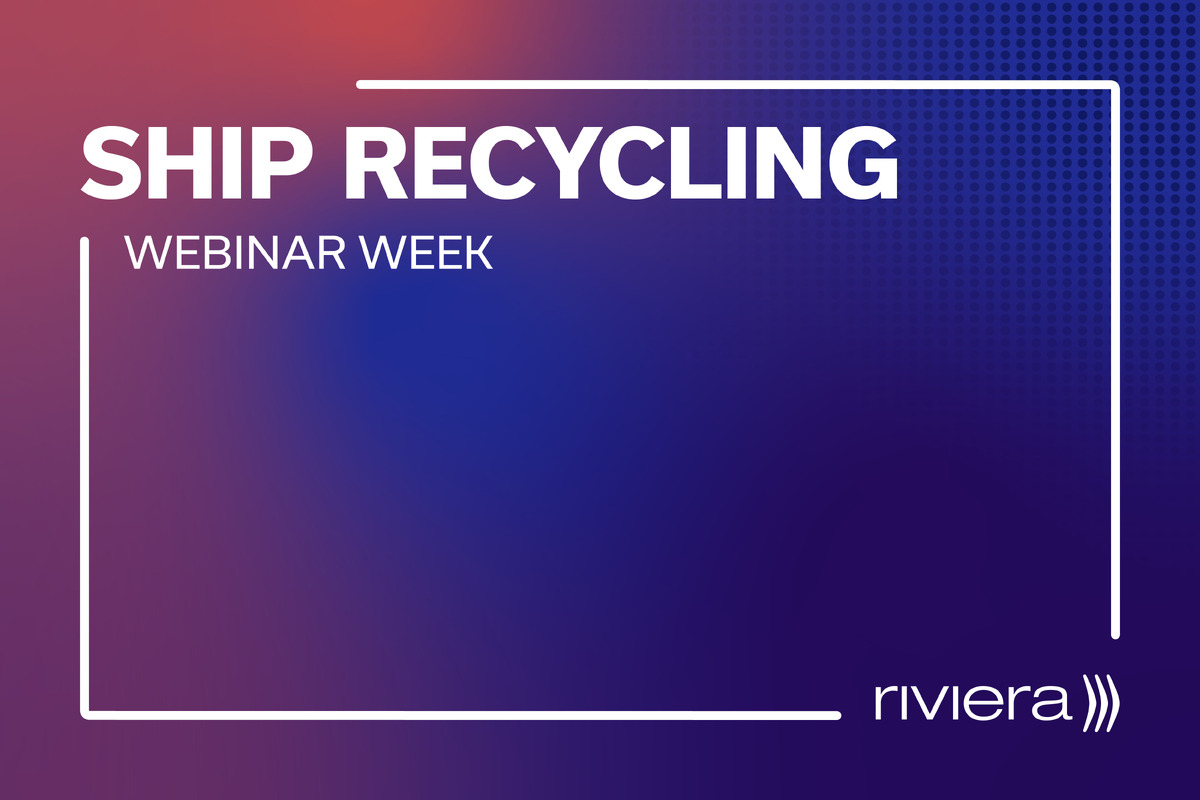Business Sectors
Events
Marine Coatings Webinar Week
Contents
If China and India cut Russian oil imports, how might tanker markets react?
The VLCC market could emerge as the main beneficiary if India and China scale back their exposure to Russian crude, but analysts have questioned whether such a shift could be sustained in the long term
Following US sanctions on Russian oil giants Rosneft and Lukoil, international media has reported that Chinese and Indian oil companies are expected to suspend seaborne imports of Russian crude, at least temporarily.
Citing Kpler data, Riviera previously reported that the sanctions are likely to cause short-term disruptions in Russian crude exports “as buyers reassess the risks and a reorganisation of trade flows may be required.”
However, analysts remain sceptical that a significant and lasting interruption to Moscow’s exports is feasible. The current measures do not include secondary sanctions, which means non-US buyers can continue to purchase Russian crude directly.
Banchero Costa head of research Ralph Leszczynski told Riviera the market must first see how much China and India actually reduce their imports from Russia – and how much of that trade simply becomes ’invisible’ through shadow fleets, ship-to-ship transfers in international waters, or other circumvention methods.
“After all, we should remember that Iranian oil was also sanctioned at the highest level by the US government for years, and yet Iranian exports still continued to flow,” he noted.
However, if Russian crude exports continue, analysts agree these new restrictions will make transport more complex and costly. “This will, in turn, dent the revenues Russian exporters earn from oil sales – which, to be fair, is probably the main intention of this policy,” Mr Leszczynski said.
If purchases are cut
If Russian exports to China and India do indeed decline because of the sanctions, VLCCs and Western shipowners would likely be the main beneficiaries. The overall impact of the potential shifts in trade, however, would be more pronounced for trade routes to India than for China in terms of tonne-mile demand.
Mr Leszczynski explained that Russian crude currently accounts for around 10% of China’s seaborne oil imports. “Most of this originates from the port of Kuzmino in Russia’s Far East, a relatively short voyage to Chinese ports such as Dalian – often carried out on smaller vessels like Aframaxes,” he said.
If those volumes were replaced with crude from Saudi Arabia, Iraq or the United States, the longer voyage distances would significantly increase tonne-miles, benefiting fleet utilisation – especially for VLCCs.
The situation for India is different. Russian crude currently makes up about 33% of India’s imports, up from virtually zero in 2021, before the war in Ukraine. Indian imports are primarily shipped from European ports such as Primorsk in the Baltic Sea and Novorossiysk in the Black Sea – a long journey typically handled by Aframaxes and Suezmaxes due to draft restrictions in the Bosphorus and Suez Canal.
If these flows were replaced with Middle Eastern crude, voyage distances would be much shorter, and there would be no restrictions on using VLCCs.
“The combined impact on voyage distances is mixed – positive in the case of China, negative in the case of India – but in both scenarios it favours VLCC tonnage over Aframaxes and Suezmaxes,” Mr Leszczynski concluded. “It would also benefit Western shipowners, such as Greeks and Americans, who were already avoiding Russian cargoes, at the expense of Chinese and Indian owners.”
Riviera’s Tankers 2030 Conference, Singapore will be held 19-20 November 2025. Use this link for more information and to register for the event.
Related to this Story
Events
Marine Coatings Webinar Week
Maritime Environmental Protection Webinar Week
Ship Recycling Webinar Week
© 2024 Riviera Maritime Media Ltd.


